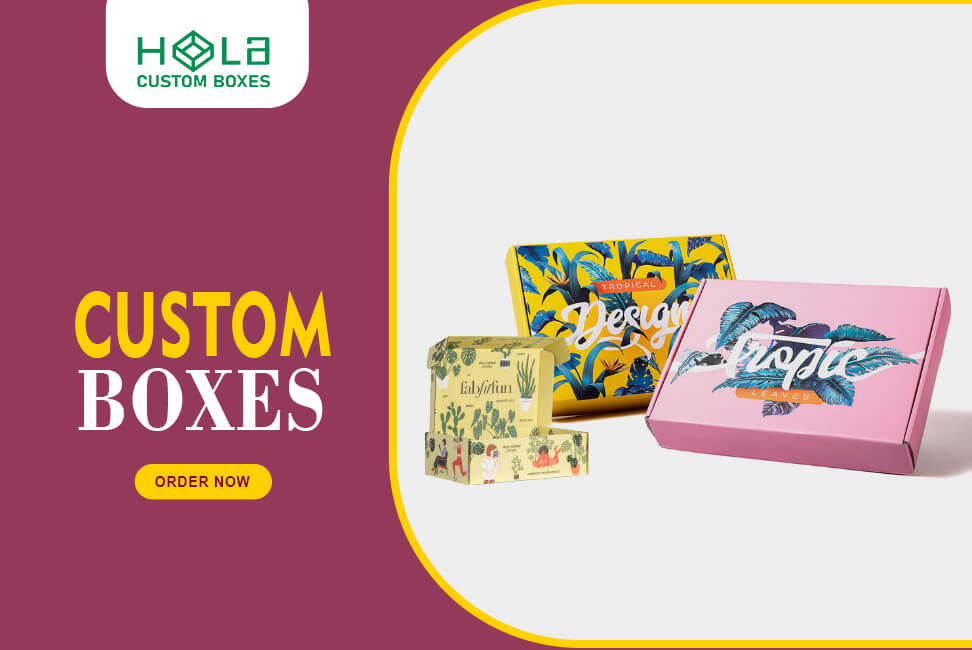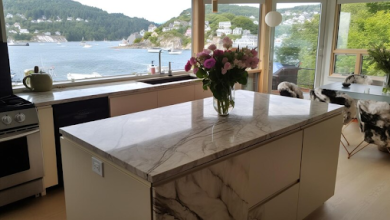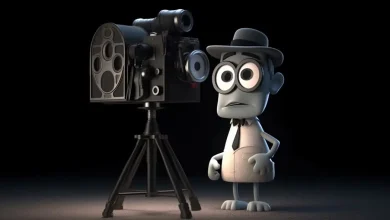Need help choosing the perfect packaging for your start-up? Uncover key strategies to stand out and captivate your audience.
To choose the perfect packaging for your start-up, understand your audience through surveys, analyze competitors’ designs, prioritize eco-friendly materials, and guarantee legal compliance. Brand effectively within budget using custom print effects like foil stamping and embossing.
Tailor packaging to your product’s unique needs, dimensions, and price point, setting it apart from competitors. A mix of strategic market research and creative design will help your packaging resonate with consumers and enhance your brand visibility. Mastering these elements will position your start-up for success in the market.
Main Points
- Conduct target audience analysis to tailor packaging design.
- Study competitors’ designs for differentiation and appeal.
- Choose eco-friendly materials for sustainability and appeal.
- Ensure compliance with packaging laws for safety and reputation.
- Implement cost-effective branding strategies for brand representation.
Custom Packaging Understanding Target Audience Insights
When delving into the domain of selecting packaging for your start-up, a critical initial step is gaining a deep understanding of your target audience’s insights. Conducting thorough target audience analysis is crucial to tailor packaging design effectively to meet consumer behavior and preferences. Utilize surveys and questionnaires to gather demographic information, interests, and purchasing behavior of your target audience. Analyze factors such as age, gender, trends, and current purchases to create packaging solutions that resonate with potential customers.
To make certain that your packaging design aligns with the preferences and expectations of your target audience, consider utilizing small group surveys for robust insights into their perceptions and preferences. Pinpointing significant demographic information, such as age, gender, and interests, will guide your design team in creating packaging that appeals to your specific market segment. By starting with a solid understanding of your target audience’s insights, you can set the foundation for successful packaging that captures their attention and drives purchasing decisions.
Conducting Competitor Analysis With Custom Boxes
To improve the strategic approach in developing packaging for your start-up, conducting a thorough analysis of your competitors’ packaging designs is essential. By carefully examining your competitors’ packaging choices, you can gain valuable insights into current trends and customer preferences in the market. Evaluating the aesthetic appeal and functionality of competitor packaging will help you determine effective strategies for your own product.
It is also crucial to study competitor sales data related to packaging choices to identify successful packaging styles and designs that resonate with customers.
Identifying desirable packaging styles and designs from competitors can assist you in differentiating your product and attracting customer attention. Ultimately, the goal is to create packaging that surpasses competitors in visual appeal and effectiveness to stand out in the market.
Material Selection for Packaging
When selecting materials for packaging, it is important to consider the specific needs of your product to guarantee adequate protection and alignment with sustainability goals. Fragile products may benefit from rigid or corrugated packaging to ensure excellent protection during transit. Kraft and corrugated materials are eco-friendly options that offer sustainable packaging solutions while also ensuring product safety and minimizing the risk of damage during handling. Opting for biodegradable materials not only helps reduce the carbon footprint of your packaging but also appeals to environmentally conscious consumers.
To make sure that your material selection meets legal requirements and safety standards, it is essential to communicate your preferences to the packaging manufacturer. This collaboration will help ensure that the chosen materials comply with any necessary regulations. By carefully considering the materials used in your packaging, you can create a solution that protects your products, resonates with eco-conscious consumers, and meets all legal obligations.
Compliance With Packaging Laws (Perfect Packaging)
Considering the legal aspects of packaging is paramount for start-up businesses, particularly in relation to compliance with packaging laws. It is essential for start-ups to adhere to legal requirements to guarantee the safety and well-being of consumers.
Mandatory allergen labeling for food products, for instance, is a vital aspect of compliance to ensure consumer safety. Understanding restrictions on materials like PCBs and asbestos is important to avoid legal issues related to packaging. By informing the packaging manufacturer about these legal requirements, start-ups can work towards creating packaging that meets industry standards and regulatory compliance.
Ensuring compliance with packaging laws not only maintains the integrity of the product but also safeguards the brand reputation. Failing to comply with legal standards can lead to fines, lawsuits, and reputational damage, highlighting the importance of prioritizing compliance with packaging laws for start-up businesses.
Custom Boxes Branding on a Budget
Implementing cost-effective branding strategies is vital for start-up businesses looking to establish a strong brand presence without overspending. In the context of branding on a budget, start-ups can leverage packaging design to represent their brand identity effectively.
By incorporating the brand logo and core values on packaging, businesses can align their products with brand characteristics affordably. It is important to create innovative designs within budget constraints to enhance brand recognition and customer engagement.
Utilizing cost-effective materials and printing techniques can help maintain consistency in branding while keeping expenses in check. Start-ups should focus on conveying their brand identity creatively through packaging, striking a balance between visual appeal and budget limitations.
Basics of Custom Packaging Design
Understanding the fundamentals of package design is essential for start-up businesses aiming to create a visually appealing and functional exterior for their products. Package design encompasses the careful selection of materials, graphics, color schemes, and fonts to craft an attractive and informative product packaging. Beyond aesthetics, the design serves an important role in protecting the product throughout transportation and handling while also conveying essential details to consumers, such as usage instructions and product information.
Creating the perfect product packaging involves developing a detailed packaging plan that aligns with the brand identity and target market. By exploring various packaging ideas and considering factors like shelf appeal and differentiation from competitors, start-ups can leverage packaging design as a strategic tool to attract customers and enhance brand recognition. Ultimately, a well-executed packaging design can influence customer perceptions, foster brand loyalty, and drive purchasing decisions, making it a critical component for start-ups to prioritize in their business strategy.
Exploring Different Packaging Styles
To further optimize the packaging strategy for start-up businesses, it is essential to explore a variety of package styles that offer unique features and benefits for product presentation and functionality. Different package styles play a significant role in the overall perception of the product, impacting its visibility, shelf appeal, and customer experience. By understanding the characteristics and advantages of each packaging style, start-ups can make well-informed decisions to enhance their branding and customer engagement.
Here are four key package styles to explore:
- Straight Tuck End: Suitable for a wide range of products, providing a sleek and professional appearance.
- Reverse Tuck End: Offers easy access to the product, making it convenient for consumers to use.
- Display Box: Ideal for showcasing products effectively, attracting attention on retail shelves.
- Gable Bags: Combining convenience and portability, making them a great option for on-the-go products.
Exploring these packaging styles can help in developing packaging that aligns with the product’s requirements and enhances its appeal to both primary and secondary audiences.
Custom Print Effects On Packaging
Embracing custom print effects in packaging design can elevate the visual appeal and perceived value of your product. Incorporating custom print effects such as foil stamping and spot UV coating can give your custom packaging a luxurious and eye-catching finish. Techniques like embossing and matte finishes can create a tactile and sophisticated look that enhances the overall appeal of your packaging design. By utilizing die-cutting, you can introduce unique shapes and designs, making your product stand out on the shelves and attract consumer attention.
These custom print effects play an important role in helping you design your packaging in a way that communicates a strong brand identity. They enable you to create a memorable and distinctive brand image that resonates with your target audience. These print effects can enhance the perceived value of your product, conveying a sense of quality and attention to detail to consumers, ultimately influencing their purchasing decisions.
Considerations for Perfect Package Design
When aiming to create a compelling packaging design, it is crucial to align the packaging with the brand values and target audience to establish a cohesive brand image. To achieve this, consider the following key points:
- Packaging Needs: Designing the perfect package involves understanding the specific requirements of the product, such as its transportation and storage needs. Functional and practical packaging can enhance the overall customer experience.
- Products Dimensions: Tailoring the package design to fit the product’s dimensions not only guarantees a secure fit but also contributes to cost-efficiency during production and shipping.
- Price Point: The packaging should reflect the product’s price point. High-end products may benefit from luxurious packaging, while cost-effective products might focus on sustainable and minimalist designs.
- Making Products Stand Out: Stand out in the market by differentiating your packaging from competitors. Conducting thorough market research and competitor analysis can help identify unique packaging styles and designs that resonate with your target audience.




